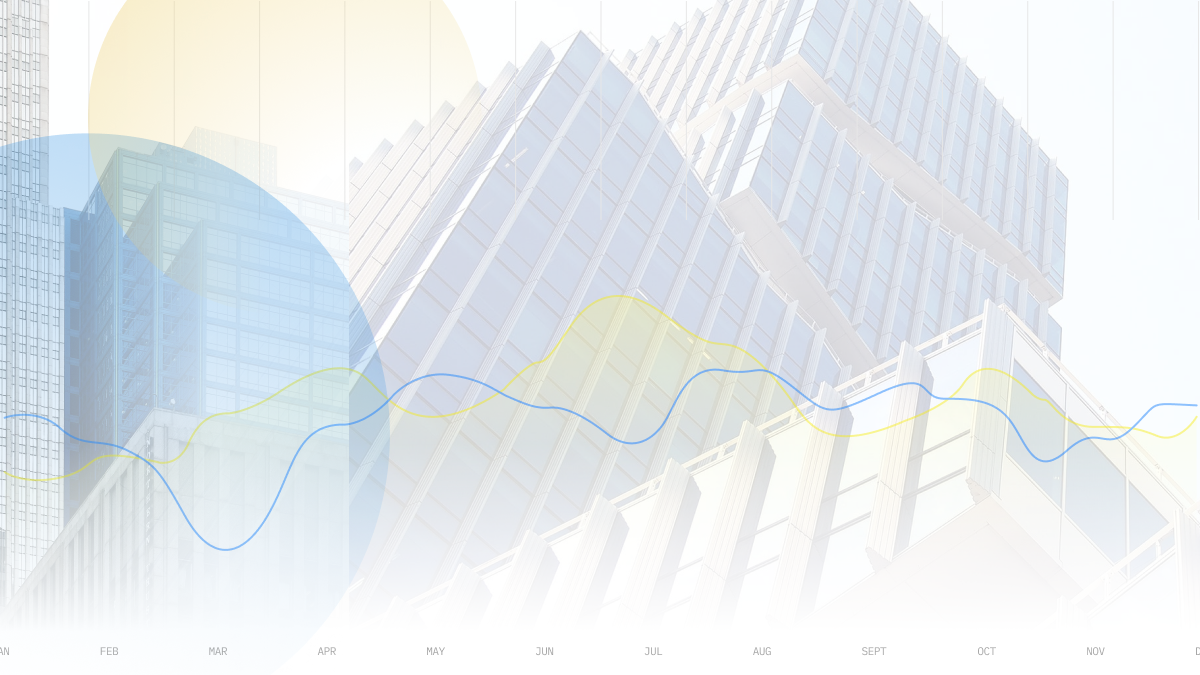




Philippines Trade Update: Trade trajectories trend along
 DOWNLOAD
DOWNLOAD

Policy Rate Updates: Double cut finale
 DOWNLOAD
DOWNLOAD

Monthly Economic Update: One for the road
 DOWNLOAD
DOWNLOAD



Marcos eyes economic growth of up to 8.0% during 6-yr term
MANILA, July 6 (Reuters) – Philippines President Ferdinand Marcos Jr. is aiming to expand his country’s economy by as much as 8.0% during his six-year term, the finance minister said on Wednesday, hoping to keep its place among Asia’s fastest-growing nations.
Announcing the new administration’s medium-term fiscal and growth targets, Benjamin Diokno said this year’s goal of 6.5% to 7.5% growth was a “conservative” range.
That was slightly lower than the previous government’s 7.0% to 8.0% target for 2022.
From 2023 to 2028, the Marcos administration is eyeing 6.5% to 8.0% growth, Diokno said, above the previous administration’s 6.0% to 7.0% range.
Growth under Marcos’ predecessor, Rodrigo Duterte, averaged 3.8% over his six-year term, dragged down by a pandemic-induced 9.5% contraction in 2020, the worst performance on record.
The economy was starting to pick up as COVID-19 restrictions eased following a long period of lockdown, but the outlook has since been clouded by soaring inflation and its threat to dampen consumer demand, a major driver of Philippine growth.
Diokno, who was central bank governor under Duterte, said the government was committed to arrest inflation, which was close to a four-year high in June on rising food and fuel costs.
His successor Felipe Medalla on Wednesday said the central bank may raise interest rates by an additional 100 basis points this year to tame price pressures.
Marcos took office last week and has appointed himself agriculture minister, pledging to boost rice and corn production to cut reliance on imports to mitigate the effects of a looming global food crisis.
Diokno said the government has fiscal space to support growth with the budget deficit to be brought down to 3.0% of gross domestic product from 2026 to 2028. The previous government’s deficit was equal to 8.6% of GDP in 2021.
(Reporting by Karen Lema and Enrico dela Cruz; Editing by Martin Petty)
This article originally appeared on reuters.com





 By Reuters
By Reuters